Rogerio de Paula
Practical Skills Demand Forecasting via Representation Learning of Temporal Dynamics
May 18, 2022
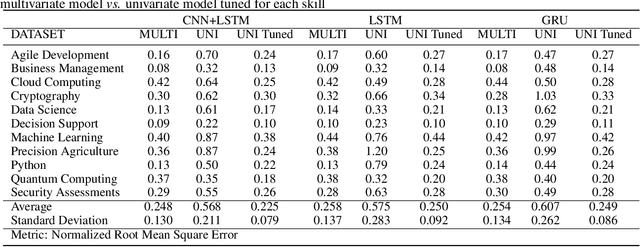
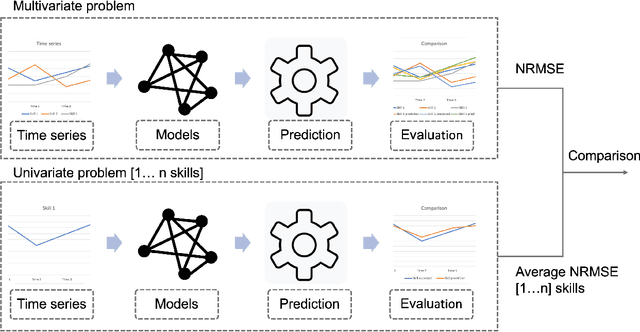
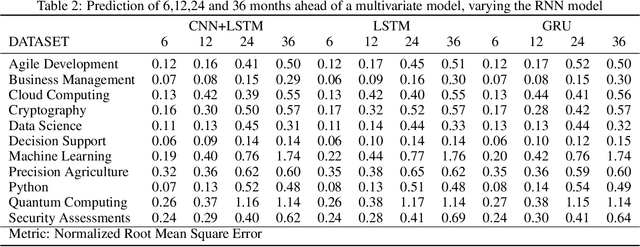
Abstract:Rapid technological innovation threatens to leave much of the global workforce behind. Today's economy juxtaposes white-hot demand for skilled labor against stagnant employment prospects for workers unprepared to participate in a digital economy. It is a moment of peril and opportunity for every country, with outcomes measured in long-term capital allocation and the life satisfaction of billions of workers. To meet the moment, governments and markets must find ways to quicken the rate at which the supply of skills reacts to changes in demand. More fully and quickly understanding labor market intelligence is one route. In this work, we explore the utility of time series forecasts to enhance the value of skill demand data gathered from online job advertisements. This paper presents a pipeline which makes one-shot multi-step forecasts into the future using a decade of monthly skill demand observations based on a set of recurrent neural network methods. We compare the performance of a multivariate model versus a univariate one, analyze how correlation between skills can influence multivariate model results, and present predictions of demand for a selection of skills practiced by workers in the information technology industry.
Predicting Account Receivables with Machine Learning
Aug 11, 2020
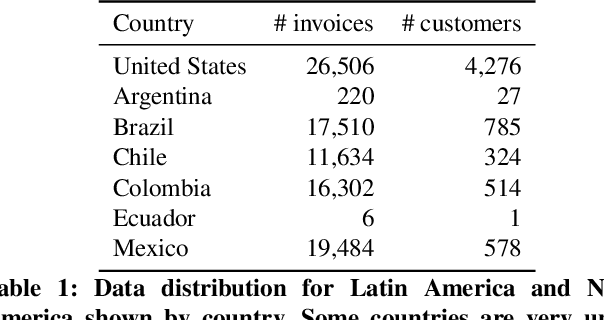

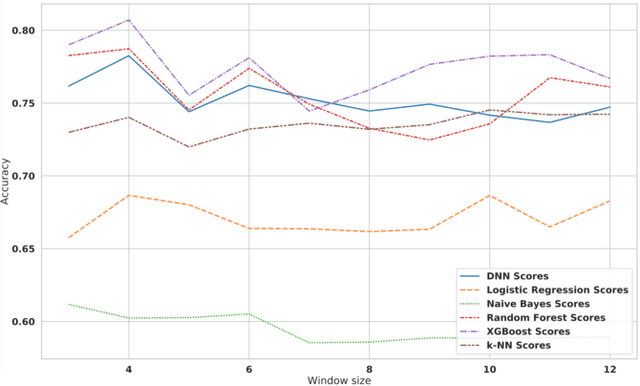
Abstract:Being able to predict when invoices will be paid is valuable in multiple industries and supports decision-making processes in most financial workflows. However, due to the complexity of data related to invoices and the fact that the decision-making process is not registered in the accounts receivable system, performing this prediction becomes a challenge. In this paper, we present a prototype able to support collectors in predicting the payment of invoices. This prototype is part of a solution developed in partnership with a multinational bank and it has reached up to 81% of prediction accuracy, which improved the prioritization of customers and supported the daily work of collectors. Our simulations show that the adoption of our model to prioritize the work o collectors saves up to ~1.75 million dollars per month. The methodology and results presented in this paper will allow researchers and practitioners in dealing with the problem of invoice payment prediction, providing insights and examples of how to tackle issues present in real data.
Optimize Cash Collection: Use Machine learning to Predicting Invoice Payment
Dec 20, 2019
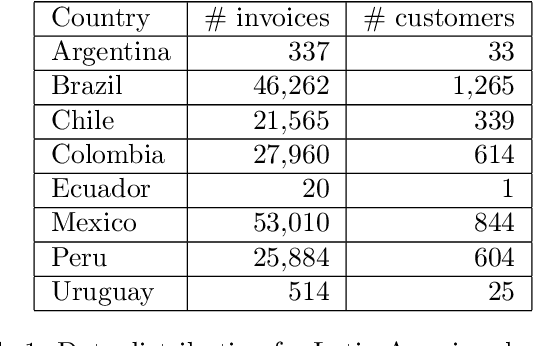

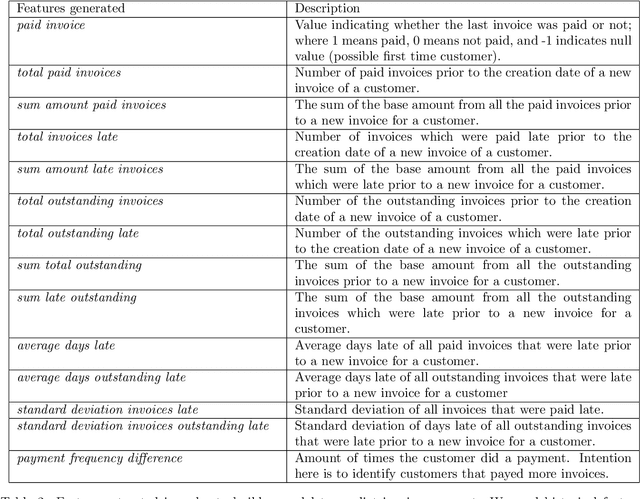
Abstract:Predicting invoice payment is valuable in multiple industries and supports decision-making processes in most financial workflows. However, the challenge in this realm involves dealing with complex data and the lack of data related to decisions-making processes not registered in the accounts receivable system. This work presents a prototype developed as a solution devised during a partnership with a multinational bank to support collectors in predicting invoices payment. The proposed prototype reached up to 77\% of accuracy, which improved the prioritization of customers and supported the daily work of collectors. With the presented results, one expects to support researchers dealing with the problem of invoice payment prediction to get insights and examples of how to tackle issues present in real data.
 Add to Chrome
Add to Chrome Add to Firefox
Add to Firefox Add to Edge
Add to Edge